Hoysala Temples and Sculpture
The Hoysalas ruled for about 350 years from circa 1000 to 1346 A.D., starting from Soveyur, now called Angadi in Mudigrere taluk of Chikkamagalur District and expanded over major portion of South India. In the beginning they acknowdinging the sugernity of the Chalukyas of Kalyana, but became in depending in the reign of Vishnuvardhana with new capital at Dorasamudra, now represented by Halebidu in the Hassan district in Karnataka.
The Hoysala rulers constructed more than hunfreds of temples and basadis, throughout their empire from Eka-Kuta to PanchaKuta temples. The Hoysala rulers are well known for their military conquests and the patronage to culture activities. The erection of large number of temples and basidis are cue to enthusiasm of the rulers, the queens, the generals, the ministers, officials and merchants etc. They vied with one another in extending support for constructional activities throught the Empire. Most of the temples and basadis are built in schist and few are built of granite stone. The Hoysala temple consists of a garbhagriha, an antarala or sukhanasi, navaranga or sabhamandapa or pillared hall and ardhamandapa or a porch, in general.
On the plan the Hoysala temples fall into five clear cut categories and within each of the categories minor variations can be observed. The five Eka-kuta or single garbhagriha or cell; Dvi-kuta or twin kuta or twin celled temple; Tri-kuta or three celled temple; Chatus-kuta or four celled temple and Pancha-kuta or five celled temple.
The Chapter I and II deal with Introduction and Historical Perspective The Chapter III Deals with Temple in General and Some Selected Hoysala Temples from Karnataka. The Chapters IV and V details of Saiva and Vaishnava Sculptures from the Temples. The Chapter VI and VII deals with Jaina Sculptures and Minor Divinities from the Monuments and last Chapter VIII delt in Conclusion with sum-up the complete chapters.
Get it now and save 10%
BECOME A MEMBER

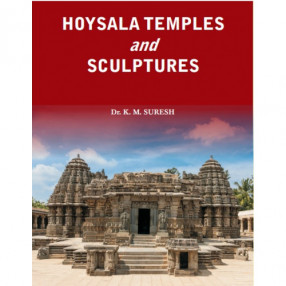
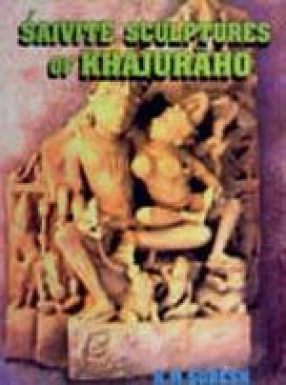
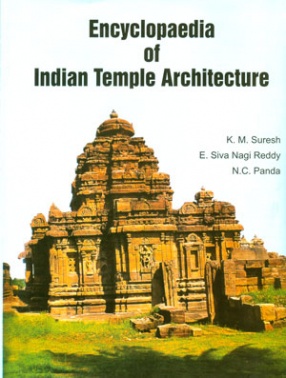
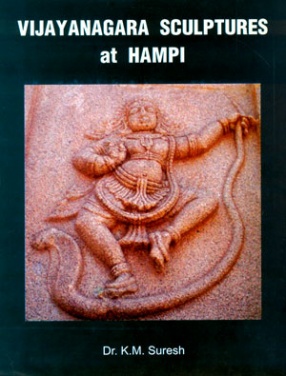
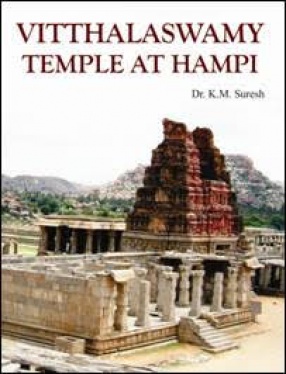
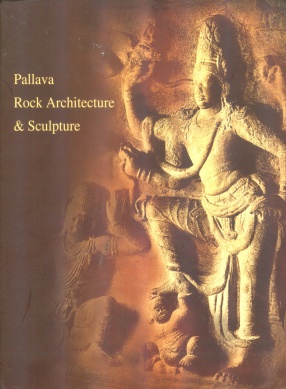
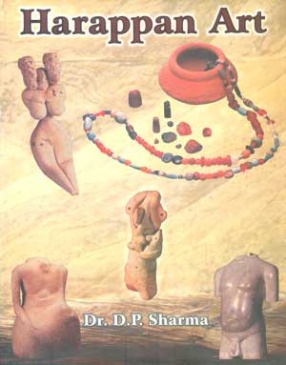
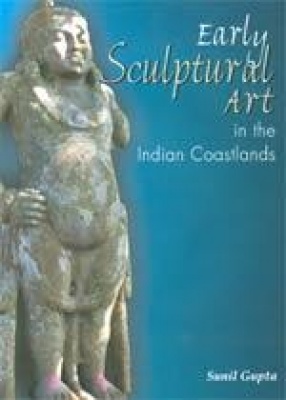
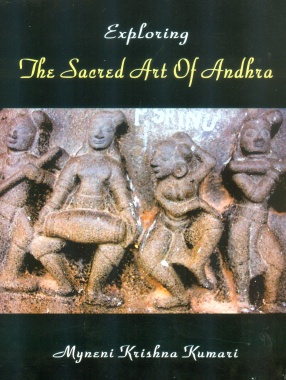

Bibliographic information